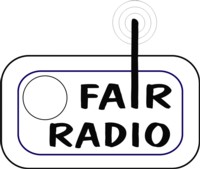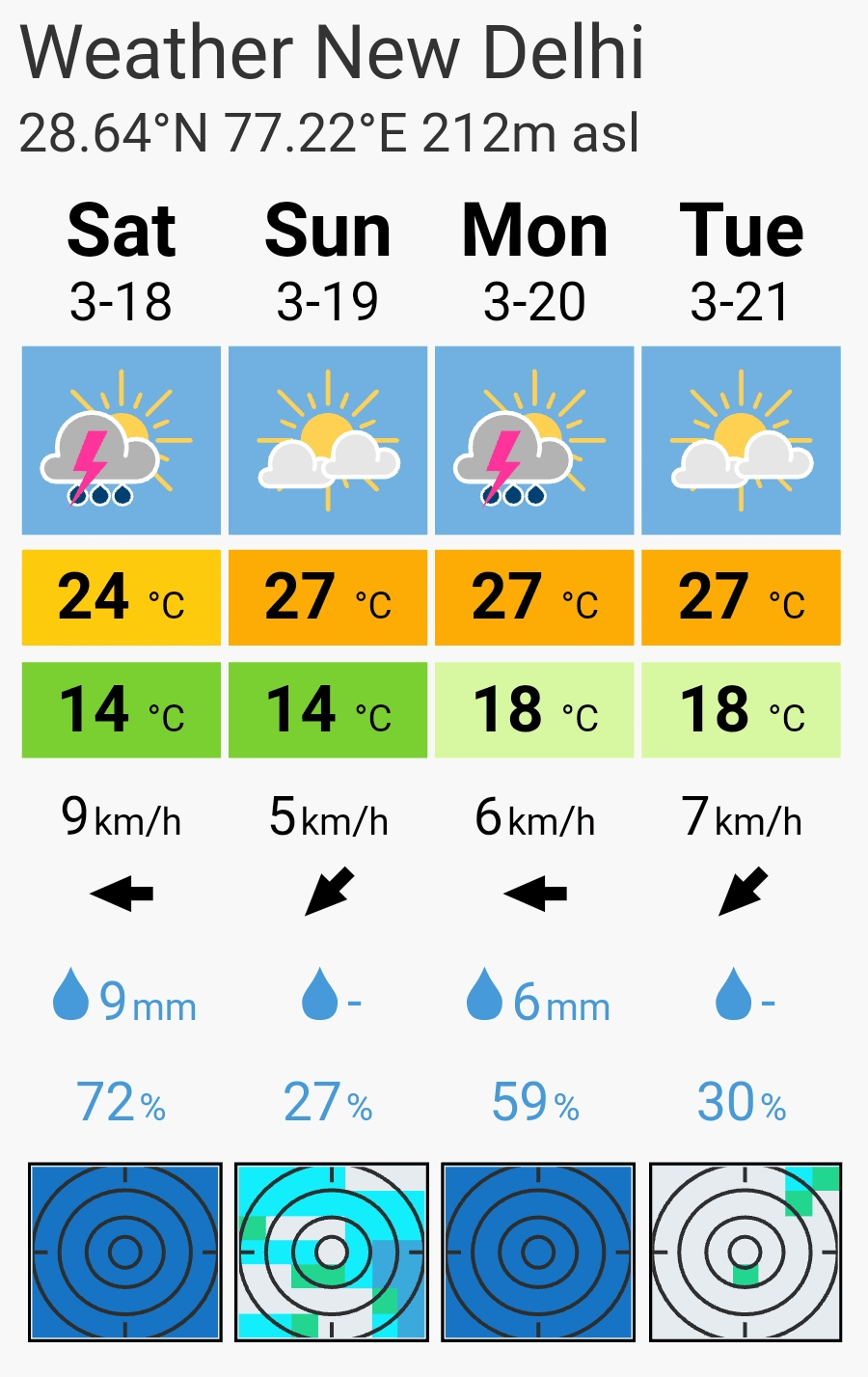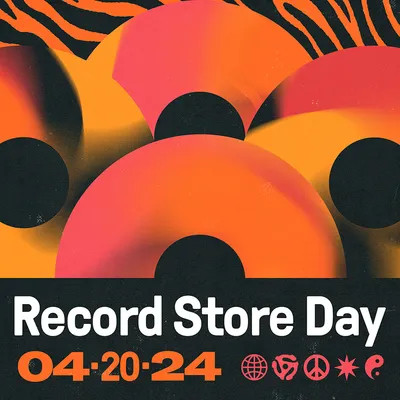Aus der Reihe “Ragas auf westlichen Instrumenten” praesentiert die Foerderinitiative IMC – India meets Classic via IMC OnAir – IMCRadio.Net die Sendung Ragas & indische Saxophonisten (Erstsendung: 5. August 2008).
In den zurueckliegenden Sendungen wurden bereits zwei Instrumente des Westens ausfuehrlicher vorgestellt, die in der (sued-)indischen Klassik einen festen Platz gefunden haben: das Harmonium als Begleitinstrument und die Violine. Dieses Streichinstrument ist Bestandteil jeder Performance der suedindischen Klassik (Carnatic); als Solo-/ Hauptinstrument hat es sich besonders in der nordindischen Klassik (Hindustani) etablieren koennen.
Das Saxophon war urspruenglich fuer den Einsatz in Sinfonieorchestern gedacht. Es wurde von dem Belgier Adolphe Sax im Jahre 1840 erfunden und in Frankreich patentiert.
Sendetermin: 18. Mai 2009 – 22:00 Uhr (MESTZ)
(Sendewiederholung: —)
broadcasting plan | streaming (Internet Radio & Mobile Radio) | podCast
Mit dem Aufkommen des Jazz begann der eigentliche Siegeszug dieses Instrumentes in seinen unterschiedlichsten Ausfuehrungen: als Alt-, Tenor-, Sopran-, Bariton- oder gar Bass-Saxophon. Mit der Aufnahme von afrikanischen, orientalischen und auch indischen Einfluessen kommt die spirituelle Haltung des Jazz-Avantgardisten John Coltrane’s in seinem Quartett zum Ausdruck.
IndoJazz, von dem indischen Komponisten John Mayer mit dem Quintett IndoJazzFusions in den 60er Jahren (20. Jahrhundert) begruendet, hatte massgeblich auf die Etablierung des Saxophons in Indien Einfluss.
v.l.n.r.: Dr. Kadri Gopalnath, Rudresh Mahanthappa, Prasant Radhakrishnan
Besonders die Konzerte von Prasant Radhakrishnan in Indien mit Kompositionen im langsamen Tempo u. einer kontrollierten Ausfuehrung der Ornamentik indischer Ragas (s.g. Gamaka-s) haben dazu beigetragen, dass sich das Image des Saxophon als ein lautes u. schnelles Instrument, das bestenfalls dazu geeignet ist, technische UEbungen zu absolvieren, veraendert hat.
Die Verbindung zwischen Jazz und indischer Klassik, die Interpretation von Ragaskalen auf einem fuer den Jazz typischen Instrument, liegt in der modalen Struktur. Dazu der deutschen Musikjournalisten und -produzenten Joachim Ernst Berendt, international als Jazzpapst bekannt:
“Das, was all diese Musiker spielen – die asiatischen wie die westlichen – unterscheidet sich von der traditionellen europaeischen Musik dadurch, dass es “modal” ist. Das heisst, es basiert nicht auf den staendig wechselnden Akkordgeriisten, die unserer abendlaendischen Musik unterliegen, sondern auf einer Skala, einer “mode” – letztendlich auf einem einzigen Akkord – will sagen: Es ist sehr viel ruhiger, sehr viel weniger “nervoes”…“
[ Quelle: Buch “Die Welt ist Klang – Nada Brahma” (vollst.: Die Landschaft des Bewusstsein”), 1988 ]
———————–
Unsere Hoerbeispiele: indischer Jazzmusiker Rudresh Mahanthappa (Sax), zusammen mit Dr. Kadri Gopalnath (Sax) im Dakshina Ensemble, Dr. Kadri Gopalnath & Pravin Godkhindi (Bansuri – indische Bambusfloete), Prasant Radhakrishnan (Sax), der indische Komponist John Mayer (Violine), John Coltrane (Sax), Charlie Mariano (Sax) & indische Saengerin / Komponisten R.A. Ramamani (Gruenderin von Jazz Yatra).













